Many different conditions can affect the normal function of the thumb (Figure 1). It is important to recognize the most common conditions so appropriate treatment can be selected and given to the patient.
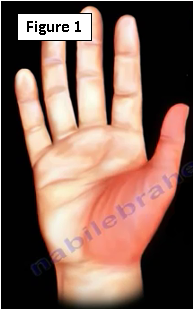
Stenosing Tenosynovitis (trigger thumb)
It is one of the more common problems of the hand usually associated with painful triggering or locking of the thumb (Figure 2). When the patient tries to straighten the thumb, the nodule jams beneath the pulley proximally.

Extensor Pollicis Longus Tendon Rupture
The EPL tendon is responsible for extension of the thumb’s distal interphalangeal joint. When a rupture occurs, the patient will experience loss of thumb extension and this can occur from a nondisplaced fracture of the distal radius (Figure 3).
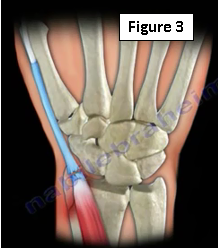
Entrapment of the Posterior Interosseous Branch of the Radial Nerve
The posterior interosseous nerve is a continuation from the radial nerve and runs through the forearm (Figure 4). The nerve passes through the supinator muscle of the forearm, found on the outside of the elbow. The nerve becomes entrapped at the proximal edge of the supinator muscle. Injury of the nerve may also be associated with fractures or dislocations of the radial head or the elbow joint. The patient will be able to perform wrist extension but not finger extension. A patient with a proximal radial nerve injury will lose wrist extension and finger extension, including the thumb.

Unable to do the OK Sign
The anterior interosseous nerve branches from the median nerve just below the elbow and supplies the deep muscles on the front of the forearm. Typically there will be weakness of the long flexor muscle of the thumb (flexor pollicis longus), and the deep flexor muscles of the index and middle fingers. The patient will not be able to perform the OK sign if this nerve is compromised (Figure 5).
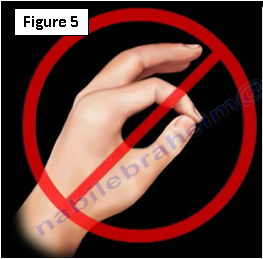
Injury to the Ulnar Nerve (Froment’s Sign)
Cubital tunnel syndrome occurs due to compression of the ulnar nerve at the elbow (Figure 6). As a result of cubital tunnel syndrome, the patient is unable to cross or abduct the fingers. When pinching a piece of paper between the thumb and index finger, the thumb IP joint will flex if the adductor pollicis muscle is weak.
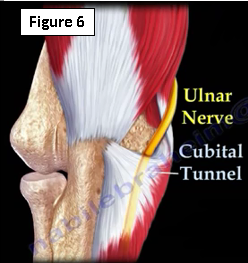
Rheumatoid Arthritis of the Thumb
Inflammation or irritation causing pain, swelling, weakness, and overtime, the loss of the normal shape and alignment of the joint (Figure 7). This deformity can lead to the loss of the ability to grip, grasp, and pinch.
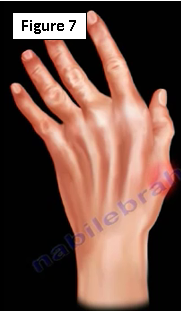
For more information on the thumb, visit the links below:
For more information, visit my YouTube Channel:
